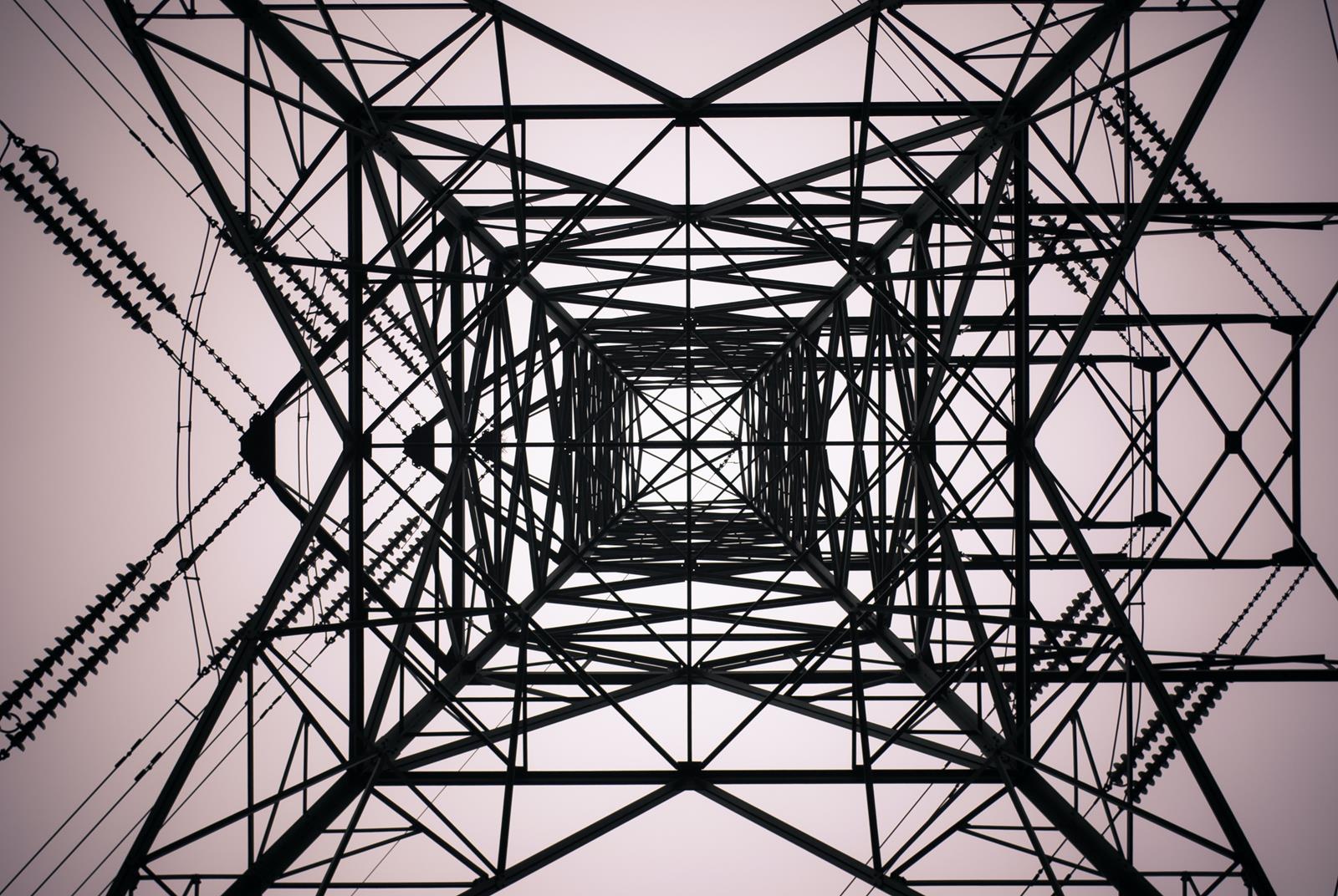Technology is a branch of science that studies how people use technology to advance their fields of study. The division of technology is often discussed in terms of human technologies and other types of technological systems. For instance, medicine and engineering often discuss human technology in terms of diagnostic tools, equipment, and practice. When referring to the application of technology to industry, there are four main fields:
Natural sciences: These include biology, geology, chemistry, and physics. See biology, geology, and physics for detailed definition of the physical objects and methods of manipulating the living world; human technologies; natural objects; technological systems; and knowledge technologies. In addition, these branches of science often discuss theories in relation to nature. Examples include: paleontology, primatology, or climate change. Some natural technologies may include fossil fuels, air-conditioning, space exploration, telecommunications, and navigation.
Engineering: This is an example of a subject that encompasses several scientific disciplines. Engineers make inventions and solve problems by developing and designing new products, materials, and processes. Examples include aerodynamics, materials science, and mechanical engineering. In engineering, you will learn about the scientific principles behind such innovations as: mechanics, thermodynamics, and kinetics. In addition, engineers apply these principles to a practical application to improve products, efficiency, safety, and environmental quality.
Math: Mathematics refers to the use of measurements and formulas to solve problems and determine results. For instance, if a car needs to cross a bridge, the formula used is the distance to the center of the bridge divided by the length of the car. Science teachers in schools to teach students how to calculate these and other important formulas. Examples include: real numbers, decimals, ratios, and graphing. Students learn these concepts through lessons, practice, and real life application.
Math can be difficult for students to learn. Therefore, many students opt to opt for technology in order to help them solve problems. By using calculators, measuring tools, or computer-based programs they are able to solve problems more efficiently and learn the necessary skills to solve problems in the future.
Science: There are a number of ways that science can be applied to solving practical problems. Students use science to develop and test hypotheses, create models of how things work, and observe patterns in nature. They also use scientific knowledge to analyze and evaluate scientific theories. Examples of things being developed using technology include: space travel, astronomy, and genetics. By using technological innovations, students are able to solve problems more effectively and learn more about the natural world. Examples of things being observed through scientific research include: cancer, weather, and genetics.
Teaching science to students is useful for many reasons. First, it helps to motivate them to learn the necessary skills and knowledge that they will need to utilize technology in their own lives. Second, teaching technology adoption encourages them to think critically about the practical uses of technology for specific purposes.
Science can be applied in a variety of ways. Students may choose to use it to develop a real-life scientific project, learn about the natural world, and apply it to practical purposes. By using scientific knowledge and learning methods they can develop the necessary skills to solve problems in the future. The more knowledge they have regarding science and its applications, the more likely they are to be successful in finding new and creative uses for technology.
Teachers have an important role in implementing science curriculum within schools. They must learn how to teach science to students who have not previously learned about it. This is a particularly challenging task when it comes to teaching younger children. For this reason, high school and college courses have been developed to help teachers build up students’ understanding of the subject matter. In some cases, colleges and universities even offer specialized programs that integrate practical problems with their coursework.
Adults have an even more important role to play in the development of the 21st century. They can take part in the process of learning and educating their children, but they can also actively contribute to the improvement of society as a whole. By becoming involved in the political, economic, and technological developments of the modern world, adults can shape the way our world works today. If adults work together, they can better understand how science and technology influence our lives and how we can better use them for practical purposes, especially in the areas of business, medicine, and health care.
In order to learn about the development of science and technology, people need to be exposed to a wide variety of information technology. There are many ways to do this, but perhaps the most effective way is to learn about the various scientific developments through science and technology news. By watching TV shows on the science and technology topics of the day, people can learn about new developments as they happen. Even though they won’t always learn everything that they need to know, seeing popular science and technology shows on TV will give them enough information to get started on a research project. If adults are willing to learn enough about the field of science and technology, they can use the information to help them design better and more efficient devices, to create new knowledge based on scientific knowledge, and to participate in the development of new and practical scientific knowledge for practical purposes.


